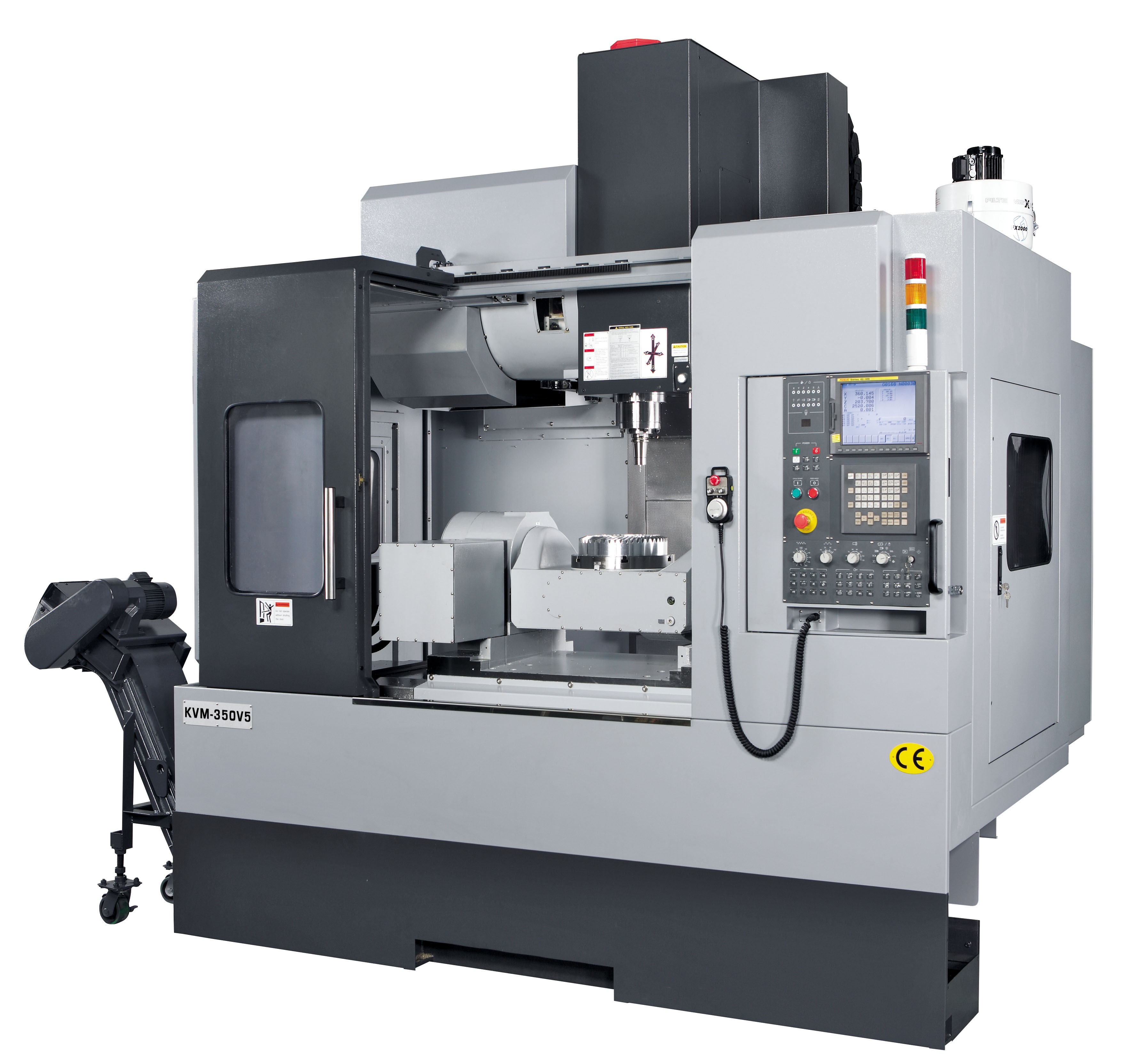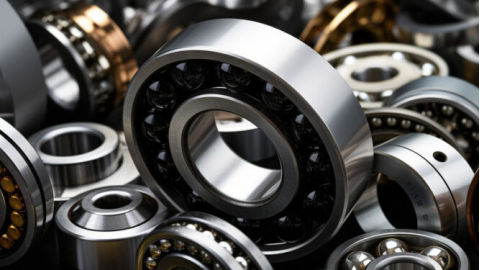Top 10 Machining Centers Manufacturers and Companies
Machining centers are the backbone of modern manufacturing. These Computer Numerical Control (CNC) machines provide versatility, precision, and automation. They perform milling, drilling, boring, and tapping tasks, often with multi-axis capabilities. Industries like aerospace, automotive, and medical devices rely on them for high accuracy and repeatability. This article explores the top ten global manufacturers, highlighting their innovations and market impact.

Types and Configurations of Machining Centers
Machining centers come in several configurations for specific applications. Vertical Machining Centers (VMCs) have a vertical spindle orientation. They are ideal for die-making and precision parts. Horizontal Machining Centers (HMCs) have a horizontal spindle. This design offers better chip evacuation and is suited for heavy-duty milling. Five-axis machining centers allow for movement in five simultaneous directions. They machine complex geometries like aerospace components. Gantry-type centers have a bridge-like structure for large workpieces, such as aircraft wings. Turning centers combine turning and milling functions. This reduces setup time. Knowing these types helps in selecting the right machine for production needs.
Global Market Leaders and Innovators
The global market for machining centers is led by companies focused on technical advancement and reliability. Japanese firms like Mazak and Makino are known for high precision and durability. They often integrate IoT for predictive maintenance. German manufacturers such as DMG Mori and Grob provide high-end solutions with thermal stability and energy efficiency. Haas Automation is a key American player. It is recognized for cost-effective and user-friendly machines. These companies invest in multi-tasking and automation features to meet modern manufacturing demands. Innovations include hybrid additive-subtractive systems and AI-driven optimization.
In-Depth Look at Top 10 Manufacturers
This section details the leading machining center manufacturers. Mazak stands out with its Smooth Technology and capabilities for mass customization. DMG Mori offers machines with its CELOS system that integrates digital twin technology. Makino specializes in high-speed milling for mold and die applications. Grob is known for its universal machining centers with a modular design. Haas Automation provides a wide range of VMCs and HMCs with intuitive controls. MAG offers heavy-duty solutions for the aerospace sector. Doosan Machine Tools produces machines known for high productivity. Okuma is renowned for its thermal stability and machine versatility. Nicolas Correa focuses on large-sized gantry milling machines. Brother is popular in the electronics industry for its high-speed drilling and tapping centers. Each company has distinct strengths in precision, speed, and industry application.
Industry-Specific Applications and Case Studies
Machining centers serve diverse industries that require precision and efficiency. In aerospace, five-axis machines create turbine blades and structural components from materials like titanium. Automotive manufacturers use HMCs for high-volume production of engine blocks and transmission cases. The medical device industry relies on micro-machining centers to produce implants and surgical instruments. The energy sector uses gantry machines to fabricate wind turbine components. A case study involves a Mazak INTEGREX machine. It performed turn-mill operations on a complex part, reducing cycle time by 50 percent. Another example is a DMG Mori machine used in precision mold making. It achieved tolerances at the micron level. These applications show the transformative impact of machining centers on production quality and speed.
Technological Advances and Future Trends
Technological developments in machining centers are reshaping manufacturing. IoT and Industry 4.0 integration enable real-time monitoring and predictive maintenance. This reduces downtime. AI algorithms optimize tool paths and adaptive controls to increase efficiency. Additive manufacturing integration allows hybrid machines to 3D print and mill in the same setup. Energy-efficient designs address sustainability. These include regenerative drives and LED lighting. Future trends involve nanotechnology for ultra-precision machining. The growth of additive manufacturing for complex components is also a key trend. These advances aim to create smarter, more connected, and greener manufacturing processes.
Key Procurement Considerations
Choosing the right machining center manufacturer requires careful evaluation. Precision and rigidity are critical for maintaining tight tolerances. This is especially true in aerospace and medical applications. Assess specifications like spindle speed, tool capacity, and tool-change time. They must match your production requirements. Consider readiness for automation. Features like pallet changers and robot integration enable untended operation. After-sales support, training availability, and parts accessibility are vital for long-term reliability. Perform a cost-benefit analysis. Balance the initial investment with operational efficiency and maintenance costs. Prioritizing these factors helps a business select a machining center that enhances its manufacturing capability.




